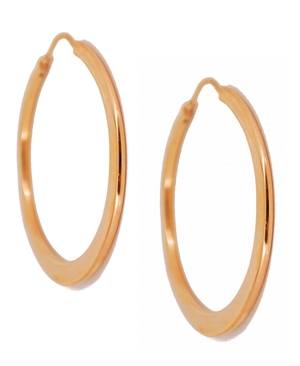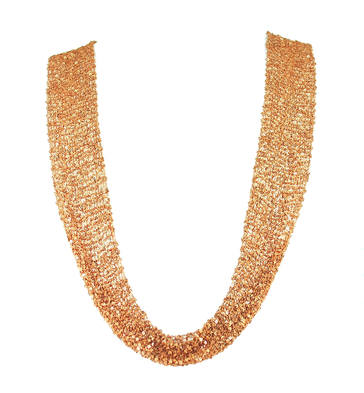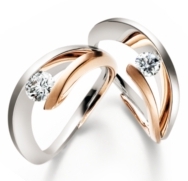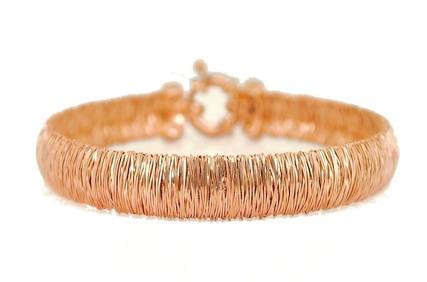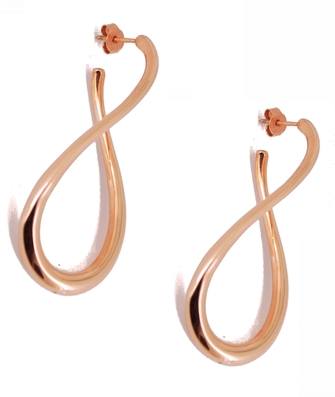What you need to know about the Mohs scale of hardness...
Posted on
Invented by Friedrich Mohs, a German mineralogist, in 1812, the mohs scale of hardness is primarily used to assist in the identification of minerals. Offering a scale of 10 minerals varying from the very soft (talc) to the very hard (diamond), the scale can be useful within jewellery to determine what the gemstone can be used for:
ie is a certain gemstone too soft for everyday wear in a ring?
Can two gemstones be set next to each other without damaging the other?
The idea is that each mineral listed on the scale has the ability to scratch the stones poistioned below it, or to be scratched by the stone in the position above.
So, diamond can scratch all stones positioned 1-9 as diamond is the hardest mineral. Topaz will not scratch corundum or diamond but it will scratch any stone positioned between 1 and 7.
Below is a table breaking down the 10 minerals and the common substances that they are similar to with regards to hardness.
| Position | Mineral | Similar to |
| 1 | Talc | Fingernail |
| 2 | Gypsum (amber) | |
| 3 | Calcite (ivory) | Copper Coin |
| 4 | Fluorite (pearl) | |
| 5 | Apatite (obsidian) | Glass |
| 6 | Feldspar (labradorite) | Steel File |
| 7 | Quartz (amethyst, citrine) | |
| 8 | Topaz | |
| 9 | Corundum (ruby, sapphire) | |
| 10 | Diamond |
It is worth noting that this scale of hardness is not linear. The difference in hardness between corundum and diamond is not the same as the difference between talc and gypsum. Also, minerals within the same position can still scratch each other.
For further information or for advice on gemstones please call our customer service team on 07957 371 254

